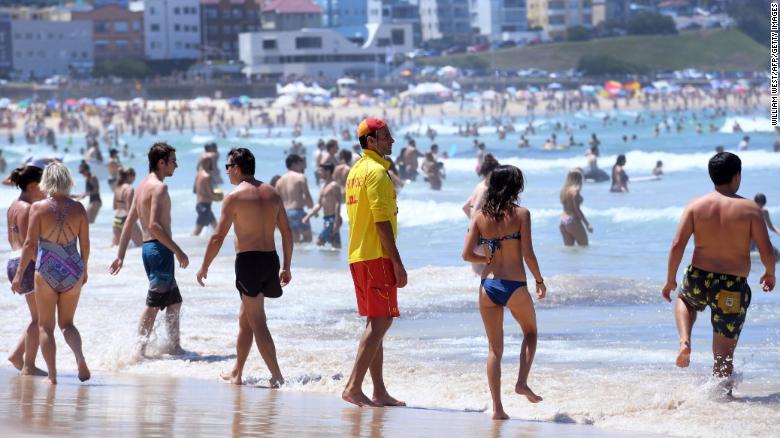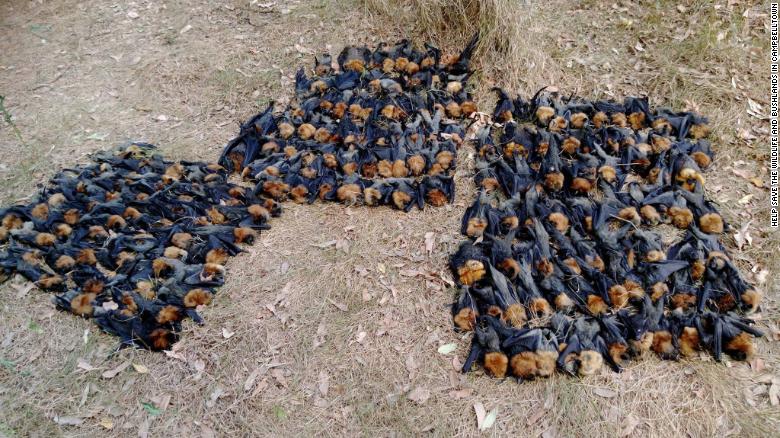 While the Northern Hemisphere is snowed in this winter, Australia faces a scorching summer coming out of its third-hottest year on record.
While the Northern Hemisphere is snowed in this winter, Australia faces a scorching summer coming out of its third-hottest year on record.
With highs above 47 degrees Celsius, or 117 degrees Fahrenheit, plants and animals are dying off in droves.
A myriad of factors is contributing to abnormal weather patterns in Australia, among them a particularly late La Niña (a climate pattern involving the cooling of Pacific waters) developing in late November.
Australia’s Bureau of Meteorology attributes the temperature rises in recent years to global climate change. And once the heatwave passes, the next few months could be cooler and wetter due to La Niña.
Rising Temperature
Australia has seen a 1.1-degree Celsius increase in average temperature in the last hundred years, as well as unpredictable rainfall patterns, mainly due to greenhouse gases accumulating in the atmosphere.
Why are greenhouse gases harmful? Usually, the heat from the Sun is radiated back from the Earth's surface and escapes into space, keeping our Earth's temperature in balance. However, an increase in greenhouse gases such as carbon-di-oxide and methane from excessive use of fossil fuels and cutting down of forests can upset this delicate balance.
These gases trap the heat radiated from the Earth's surface, and this causes an increase in our Earth's temperature. This causes the melting of glaciers and the rise in ocean levels. Since these gases persist in our atmosphere for hundreds of years, their impact can be seen for a long time.
The Impact
 Australian agriculture is a $47 billion industry, and 53% of the total land area is used in food production.
Australian agriculture is a $47 billion industry, and 53% of the total land area is used in food production.
With long, hot summers becoming more and more frequent in an already dry, arid country, farmers often don’t have enough water for their crops to grow.
Even with access to water, yields from crops and livestock drop dramatically under such harsh conditions. Because Australia supplies most of its own food and exports much of its agricultural yield to other countries, this heatwave will affect many people’s food supply.
As crops die off in the sweltering heat, so do several animals, including thousands of flying fox bats. In the single town of Campbelltown, 204 bats were found dead on the ground. The bats, especially the youngest, have difficulty cooling themselves off above temperatures of about 104 degrees Fahrenheit and die of dehydration.
In the oceans, the heat is also destroying significant sections of the Great Barrier Reef. Warmer water temperatures cause coral bleaching, turning the coral white and leaving long-term or permanent damage.
Undoubtedly, this summer is going to have lasting effects on marine life and biodiversity off Australia’s coast. And, Australians will have to suffer through another month and a half of unending heat!
Sources: Guardian, NPR, Reuters, bom.gov.au, cmar.csiro.au, abs.gov.au







